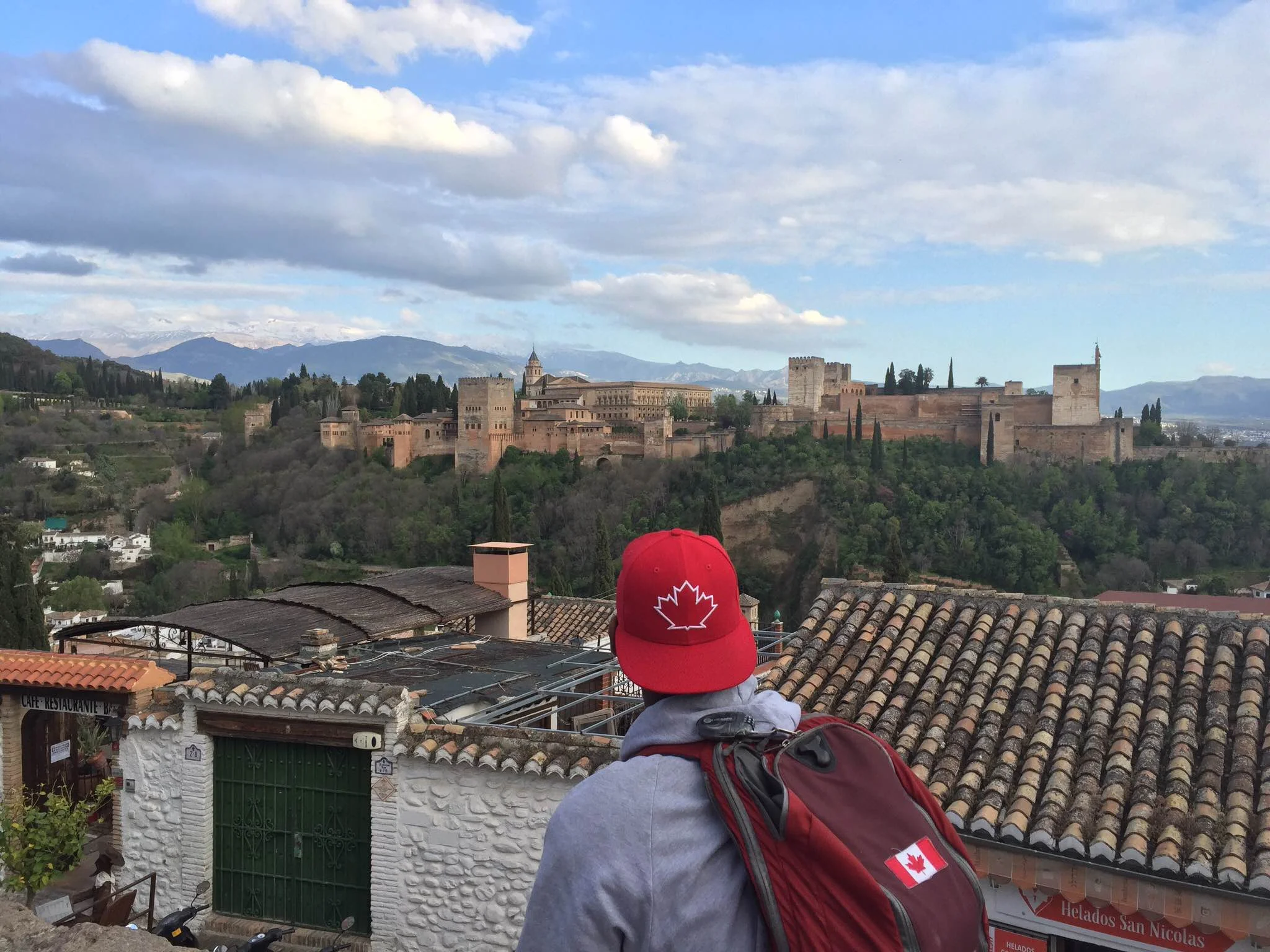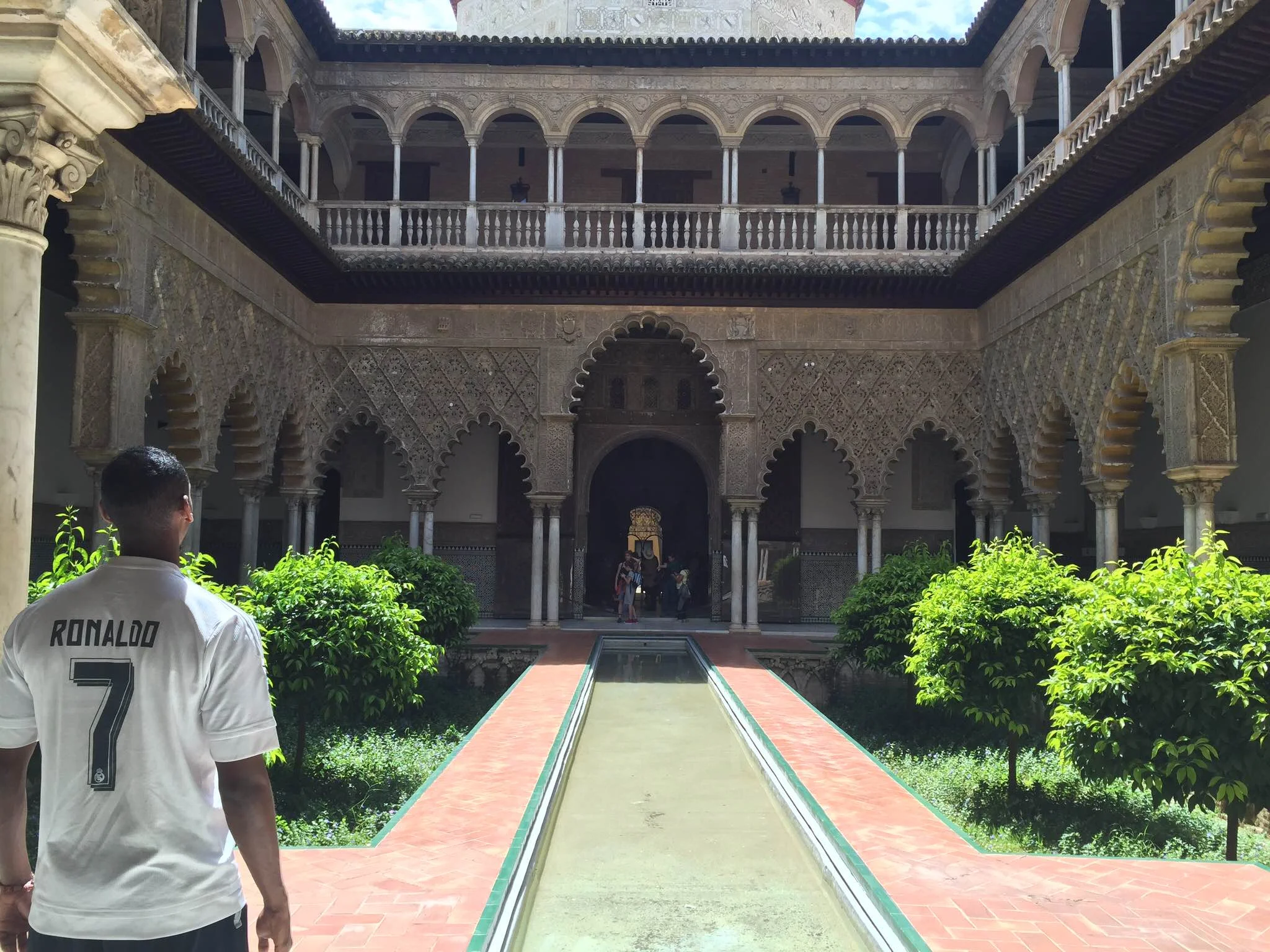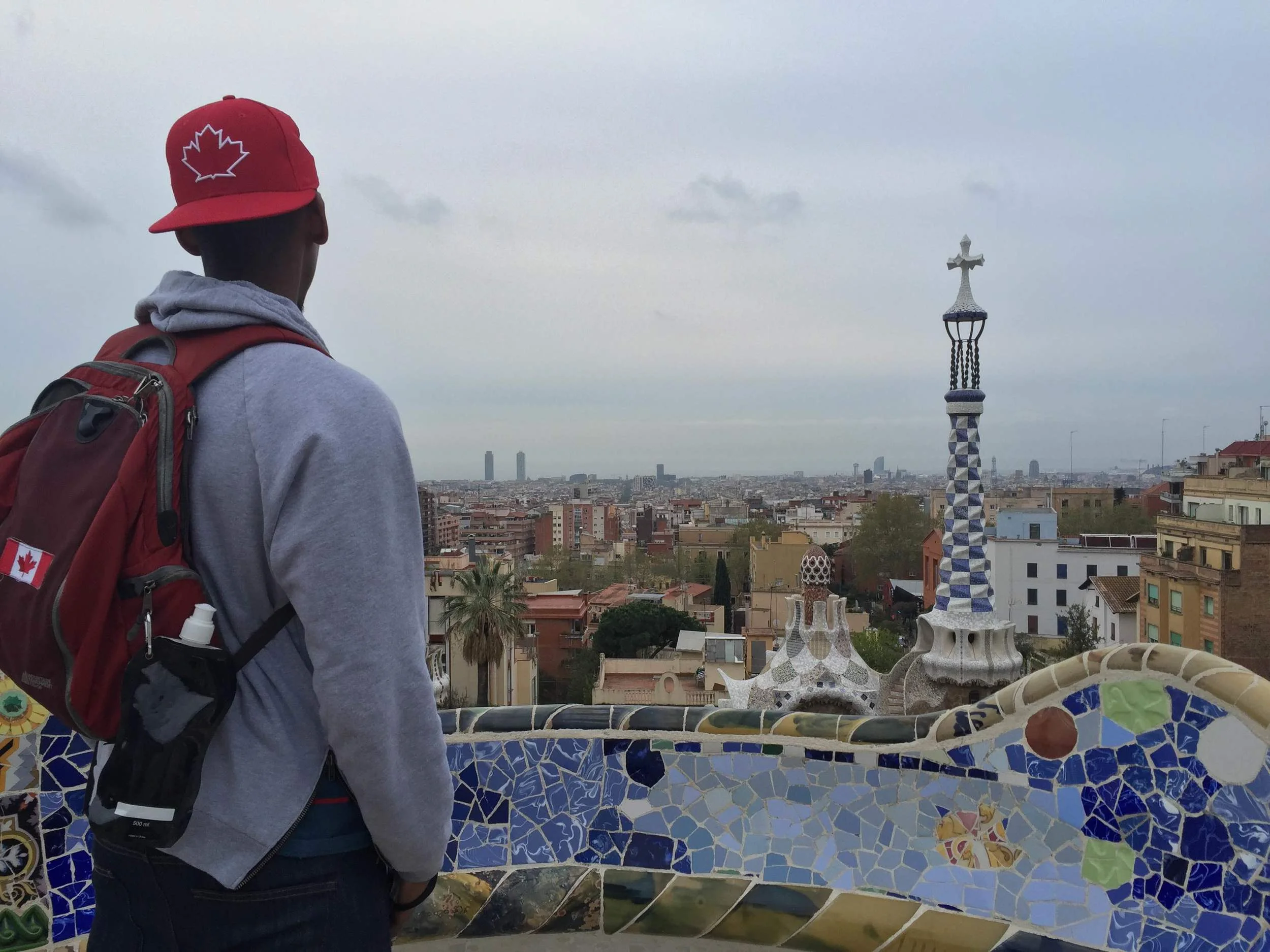I would like to preface this entire article with a strong recommendation to explore Spain beyond just Barcelona and Madrid, as southern Spain is a completely different world. After visiting both cities and heading to Portugal, I decided to return to Spain and explore the southern province of Andalusia. This may have been the single greatest decision I have made on my trip.
Andalusia is the Spanish autonomous community on the southern coast of Spain encompassing several cities that make for great tourist destinations. The culture of this hot and sunny region is often what most people are picturing when they think of typical Spanish culture; tapas, flamenco, bull fights, etc. The cities I chose to visit during my time here were Sevilla, Cordoba, Granada, and Malaga and I will take you through my experiences in each one of these cities to give a little insight on the region and what you can expect on a journey throughout the area. This article focuses on my time in Sevilla.
To appreciate the south of Spain you must first have a basic understanding of the history that took place here. It was a huge battleground for ancient civilizations and the changing of religious power is strongly reflected in the architecture and the customs in the area. There were many different wars fought in this area but as this is not a history lesson I will stick to the influence of the Moorish culture as it is the most prominent one that you will encounter in your time here. The muslim rule throughout the south of Spain spanned over half a millennium from 711 A.D. – 1492 A.D. Throughout this time many Moorish rulers developed such grandiose castles and mosques that still exist today. When the Christians reconquered the region there was such an appreciation for the structures that had been built that rather than demolish what existed, they built on top of it and added things such as church bell towers to make it their own. I am really making this history lesson as basic and watered down as possible and am not doing it nearly enough justice however if you are interested in learning more about the history I would recommend brushing up on it. I know my interest stemmed from being here and seeing these things first hand and so go ahead and book the flight first and learn about all this stuff on a free walking tour available in all of the cities that I have visited.
Sevilla
I arrived in Sevilla on an overnight bus from Lisbon, Portugal and as I was walking around at 6 a.m. looking for my hostel, I encountered several people wandering the streets partying the night away. It turns out I had arrived in Sevilla for “La Feria” (The Fair) which 2nd only to “Semana Santa” (Holy Week / Easter) is the biggest event of the year in Sevilla. La Feria lasts one week from Tuesday to Sunday and it takes place a few weeks after Easter (this year it was April 12th– 17th). The entire city has a huge celebration with a gigantic fair ground set up with “casetas” which are private tents that families will have set up in the fair ground where they eat, drink, and dance with family and friends. These casetas cost a lot of money and so although the people in Spain are generally very nice and welcoming, this is much more of a private affair and so tourists are not very welcome in them. I would compare it to being a wedding crasher, it can be done but you definitely have to finesse your way in. With that said there are huge public casetas with pop up bars and lots of music for non-residents to join in on the festivities. I have heard many people dislike going to Sevilla for “La Feria” because they find it difficult to have fun but it is all about perspective. If you consume yourself with the issue of not being welcome into the private casetas you may not enjoy yourself, but if you look around and see acity alive in the night time, filled with beautiful people, dressed up in traditional Spanish clothing, drinking and dancing in the streets then there is no doubt in my mind that you will enjoy yourself. There's also a full on carnival with rides, ferris wheels, food trucks, etc. all going on adjacent to the casetas where you can have an incredible time without spending too much money. All in all, if you encounter someone that dislikes “La Feria”, they’re probably just doing it wrong. I have to mention that I actually did find my way into some private casetas to take in the culture and photograph some of the festivities but being able to speak Spanish is the reason that I was able to get in, without it I highly doubt it would have worked out.
Outside of La Feria there are tons of things to do in Sevilla. The traditional Spanish dance of Flamenco originated from Andalusia and so catching a Flamenco show while you are here would be a great idea. I saw two flamenco shows and a locals recommendation was that he highly recommends paying a little extra to go to a smaller more intimate show however I cheaped out and went to a show with just under 100 people in attendance. I found myself appreciating the culture and really enjoying the instruments, however the dancing didn’t resonate with me as much. I thought I wasn’t a fan. Fast forwarding my trip a little bit I actually stumbled upon a flamenco show in Granada on top of a huge hill overlooking the Alhambra on a full moon. Here I realized that with Flamenco the setting is everything and now I am a fan. Pay the extra bit to make sure you get the real experience, it’s worth it.
You can also catch a bull fight while you are here. Bull fighting is a very controversial topic in Spain and I personally am the type of person that likes to experience things first hand before I form an opinion. Bull fighting however was not one of them. My image of bull fighting with the matador and red cloak was a very PG version of what actually takes place. If you ask around you can find arguments on both sides however I found that the older generation is generally more pro and the younger generation more against. I don’t want to influence anyone’s decision and so for bull fighting I would definitely recommend looking into it and forming your own opinion before buying a ticket.
Tapas is also a huge part of the Spanish culture and you don’t have to look far to find good, authentic, Spanish tapas. I recommend going with a group and trying as many things as you can on the menu. Make sure you ask a local for a good spot as they generally have the best sense of where to get the best bang for your buck.
To really get a feel for the Moorish influence over Andalusia, I would highly recommend taking a walking tour through Sevilla. It is the best way to see the important structures while also getting an interesting history lesson. Some highlights of my tour included the Seville Cathedral and the Giralda where you can clearly see a transition from Muslim to Christian rule built right into the structure. It looks just like a mosque for large parts and then there will be sudden transitions into more Christian inspired architecture that you can tell were added after. Right beside the cathedral you can go to see the Alcazar. It is debatable which is the best site to see in the south of Spain and the Alhambra Palace in Granada (the most visited site in Spain) can definitely make a valid argument, however the Alcazar was my personal favourite in my time here. For any Game of Thrones fans, the water gardens of Dorne in Season 5 were shot here. The Alcazar has tremendous Moorish influence on the outside and inside and used to be composed of 17 different palaces however they do not all remain. What does remain is some beautifully built palaces with magnificent gardens that you can spend hours in. My #1 recommendation for something to do in Sevilla.











